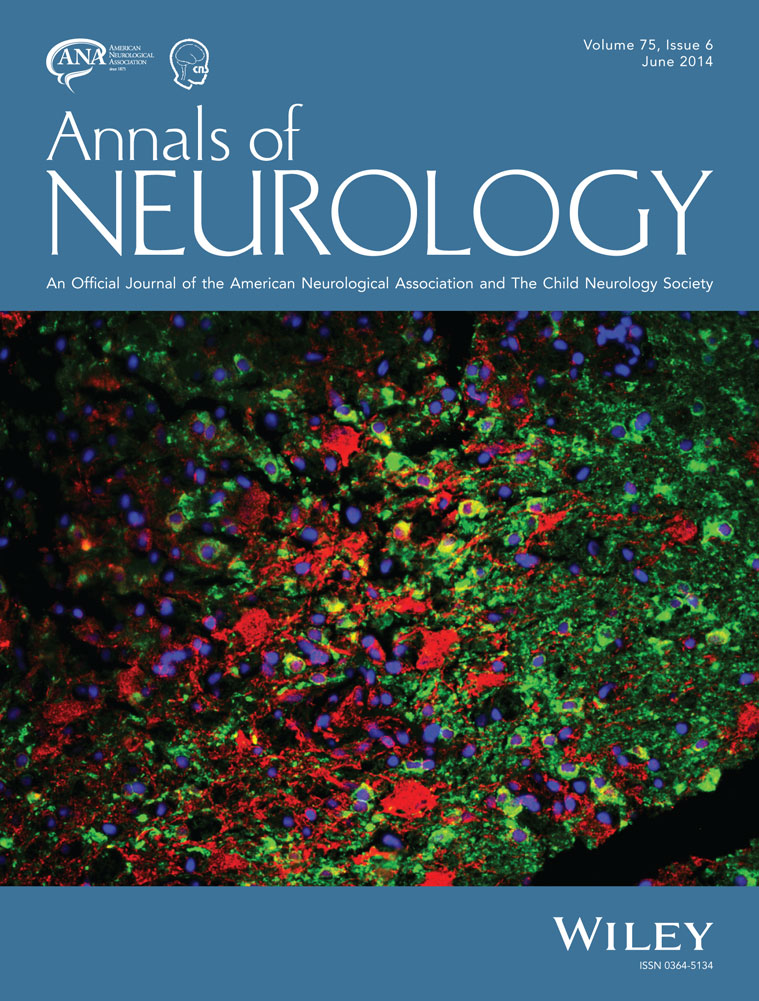Stroke risk after nonstroke emergency department dizziness presentations
A population-based cohort study
Abstract
Objective
Acute stroke is a serious concern in emergency department (ED) dizziness presentations. Prior studies, however, suggest that stroke is actually an unlikely cause of these presentations. Lacking are data on short- and long-term follow-up from population-based studies to establish stroke risk after presumed nonstroke ED dizziness presentations.
Methods
From May 8, 2011 to May 7, 2012, patients ≥45 years of age presenting to EDs in Nueces County, Texas, with dizziness, vertigo, or imbalance were identified, excluding those with stroke as the initial diagnosis. Stroke events after the ED presentation up to October 2, 2012 were determined using the BASIC (Brain Attack Surveillance in Corpus Christi) study, which uses rigorous surveillance and neurologist validation. Cumulative stroke risk was calculated using Kaplan–Meier estimates.
Results
A total of 1,245 patients were followed for a median of 347 days (interquartile range [IQR] = 230–436 days). Median age was 61.9 years (IQR = 53.8–74.0 years). After the ED visit, 15 patients (1.2%) had a stroke. Stroke risk was 0.48% (95% confidence interval [CI] = 0.22–1.07%) at 2 days, 0.48% (95% CI = 0.22–1.07%) at 7 days, 0.56% (95% CI = 0.27–1.18%) at 30 days, 0.56% (95% CI = 0.27–1.18%) at 90 days, and 1.42% (95% CI = 0.85–2.36%) at 12 months.
Interpretation
Using rigorous case ascertainment and outcome assessment in a population-based design, we found that the risk of stroke after presumed nonstroke ED dizziness presentations is very low, supporting a nonstroke etiology to the overwhelming majority of original events. High-risk subgroups likely exist, however, because most of the 90-day stroke risk occurred within 2 days. Vascular risk stratification was insufficient to identify these cases. ANN NEUROL 2014;75:899–907




